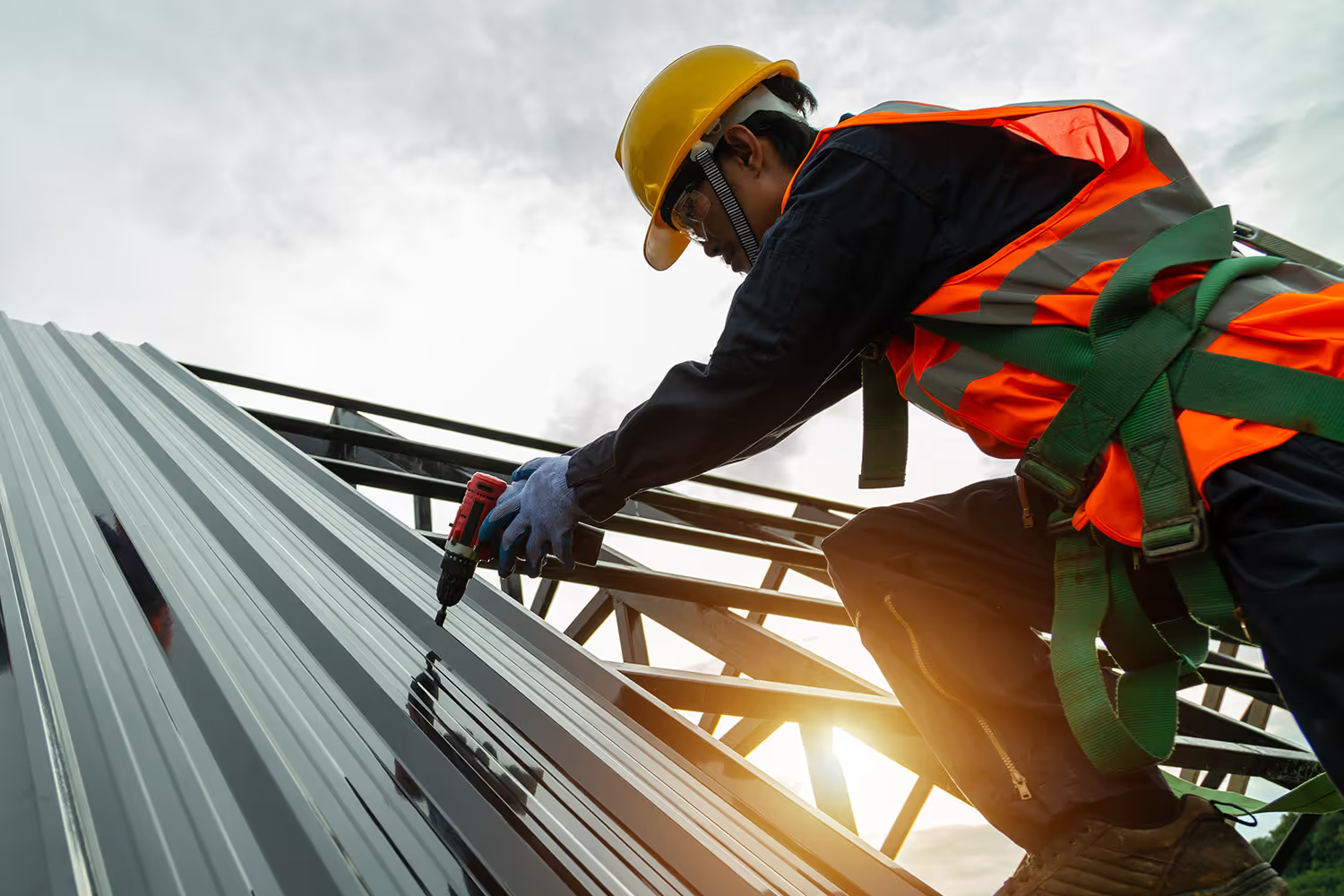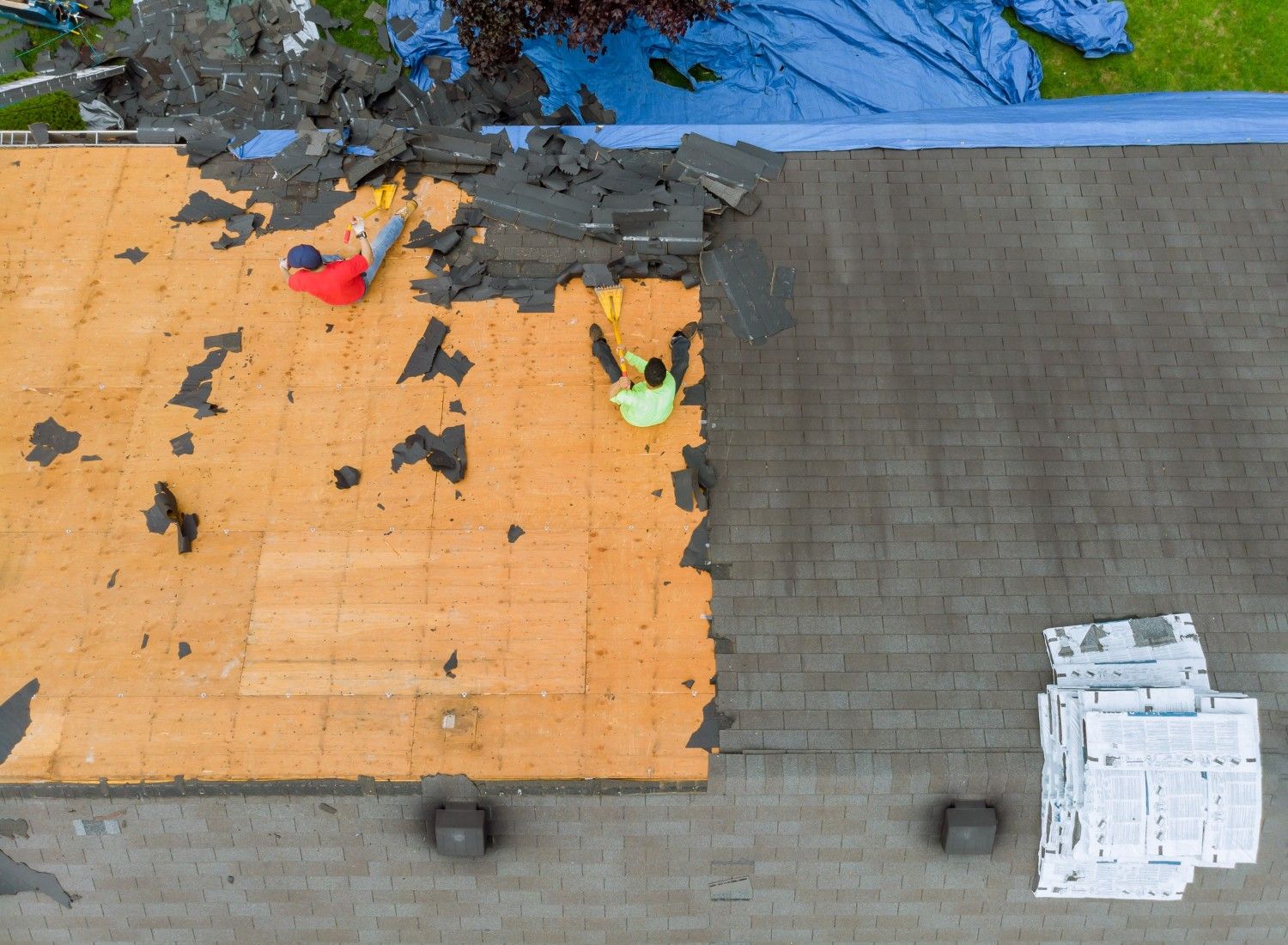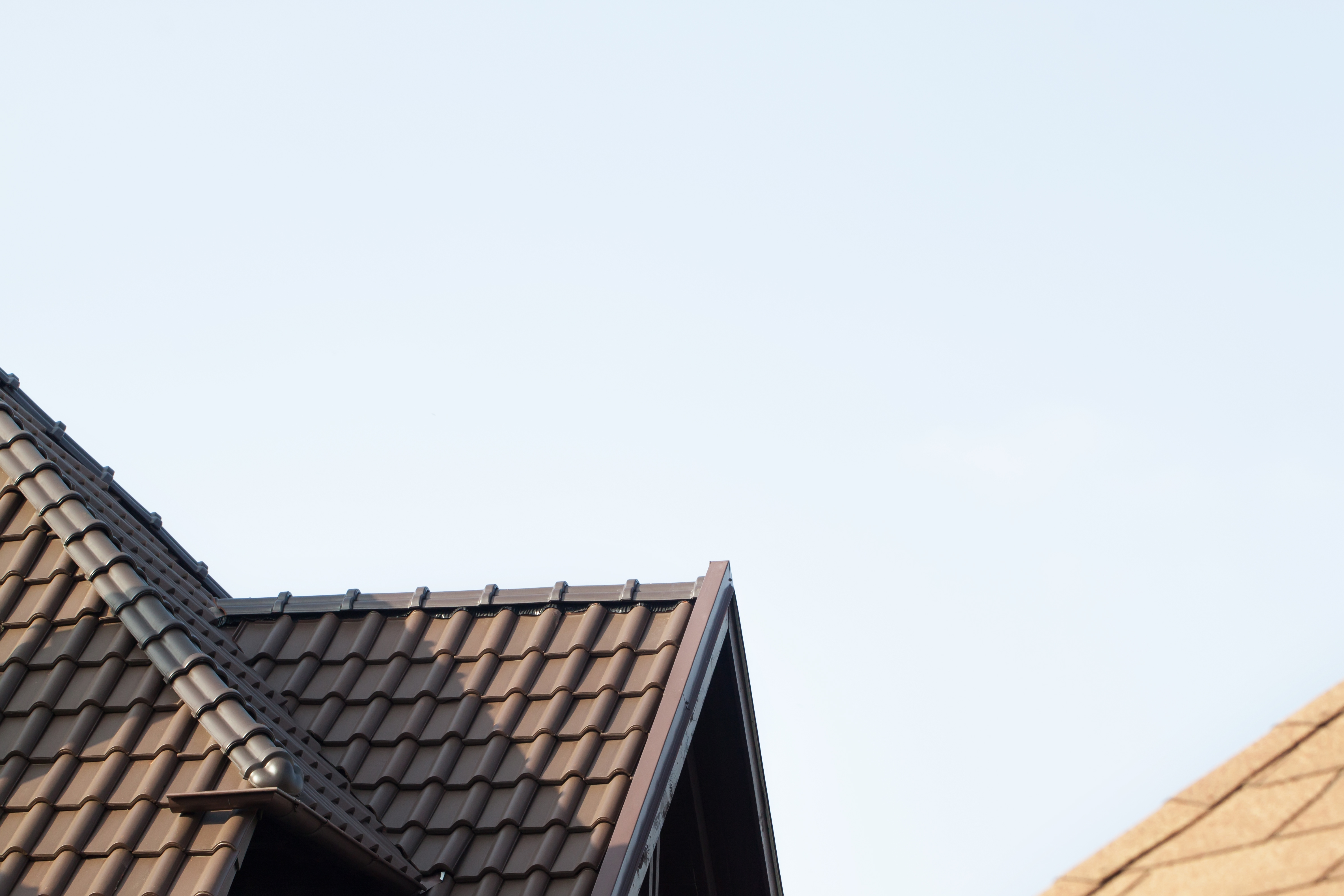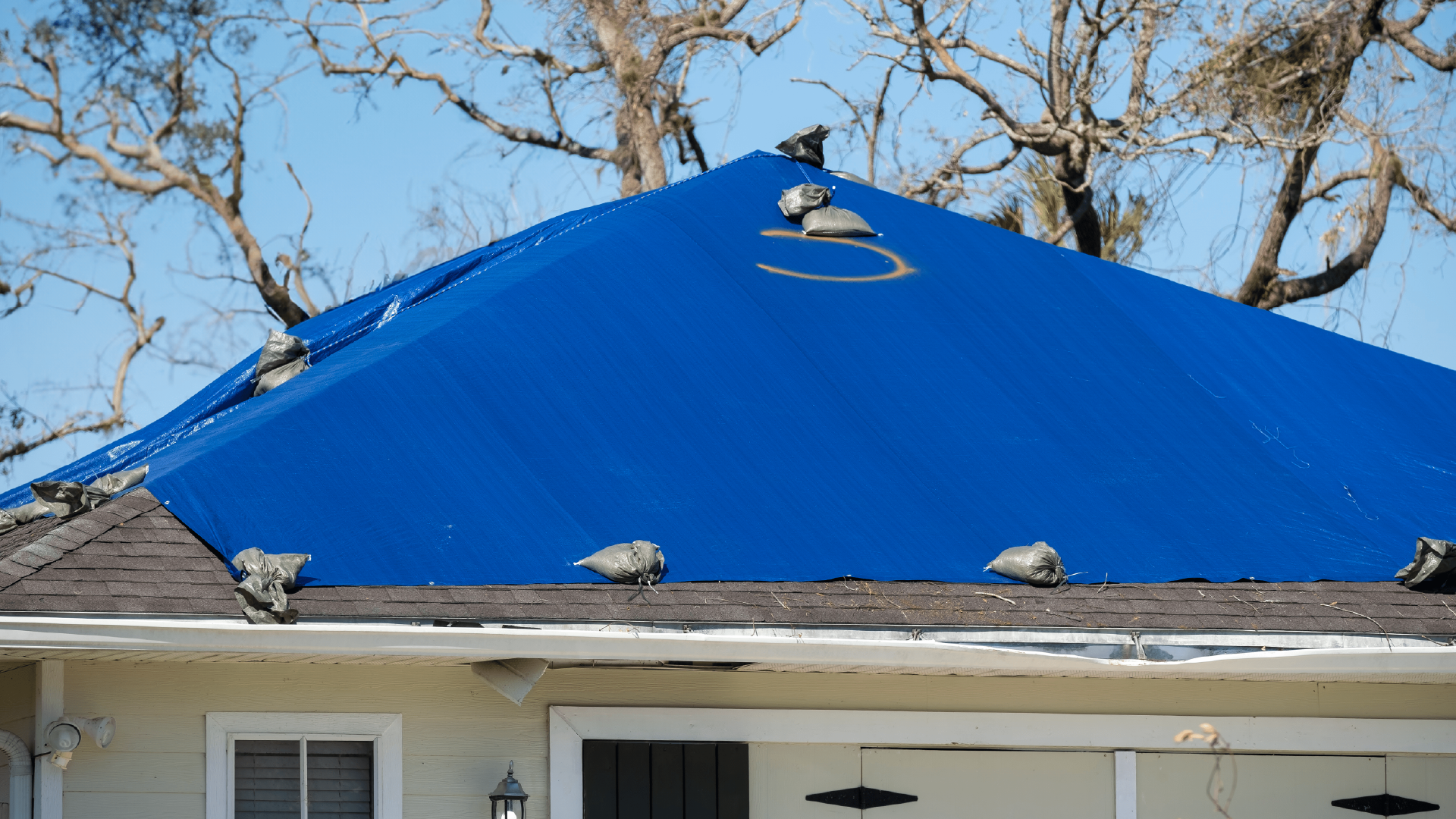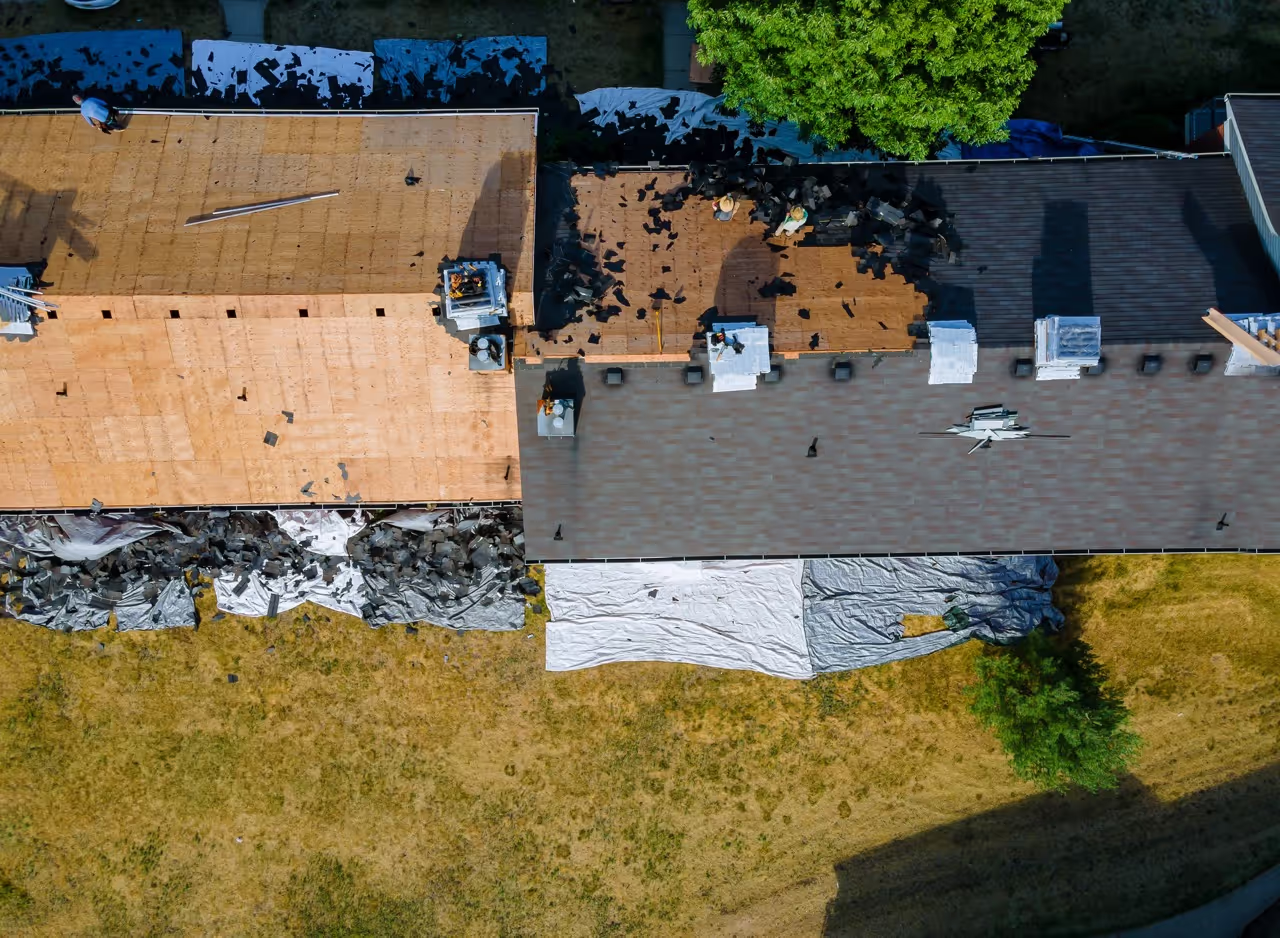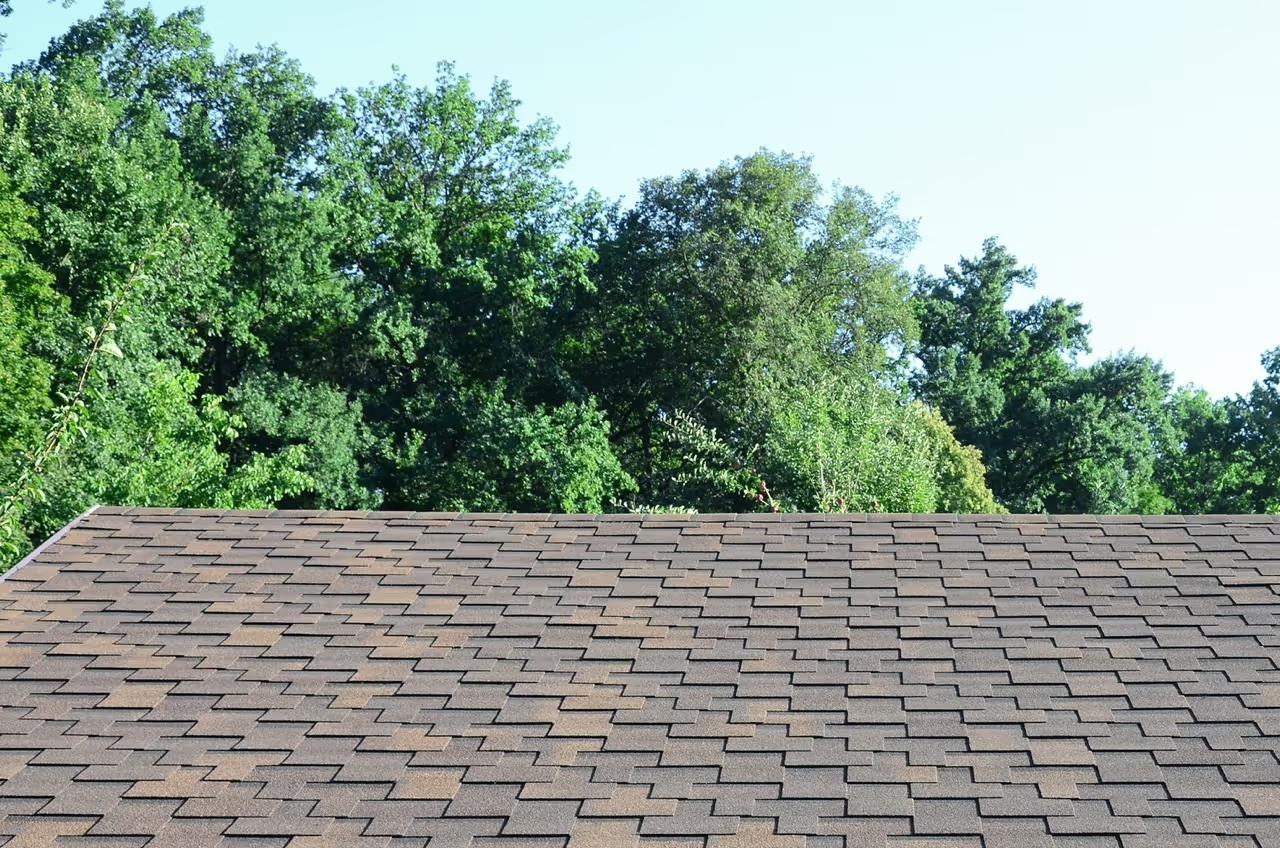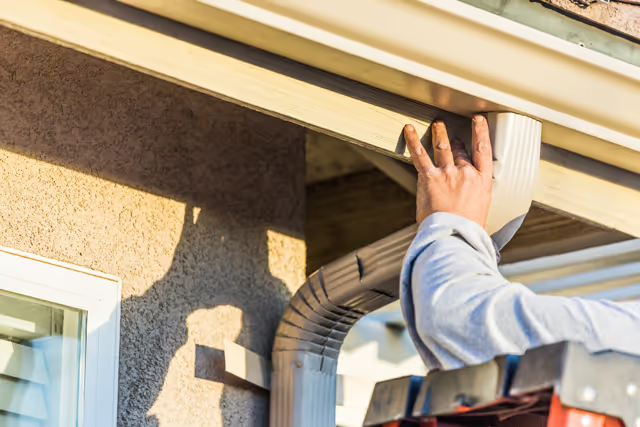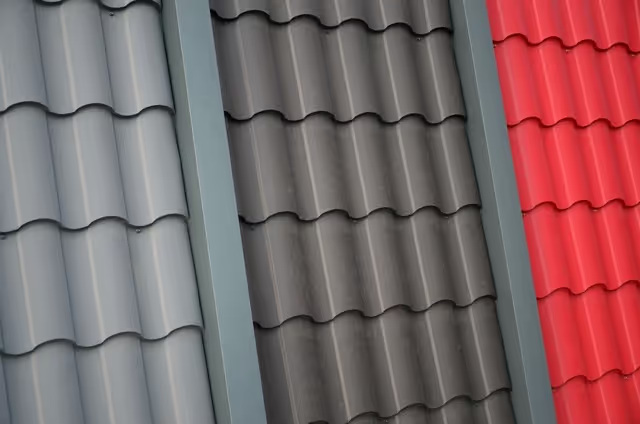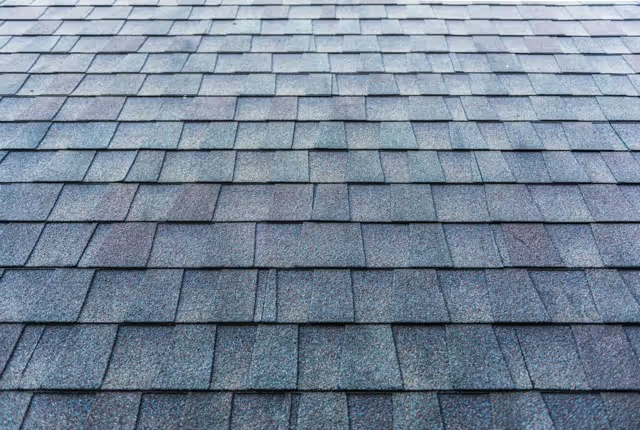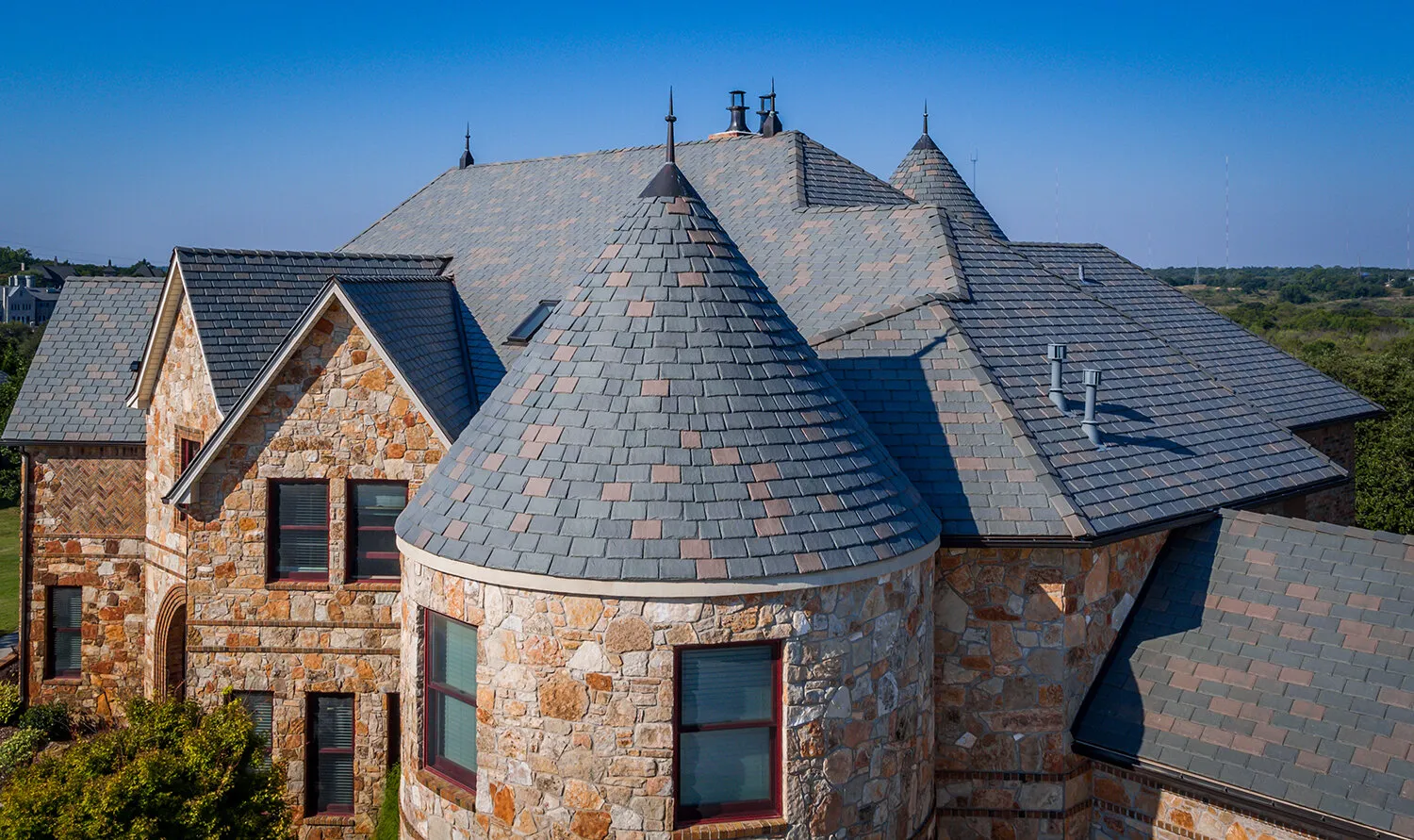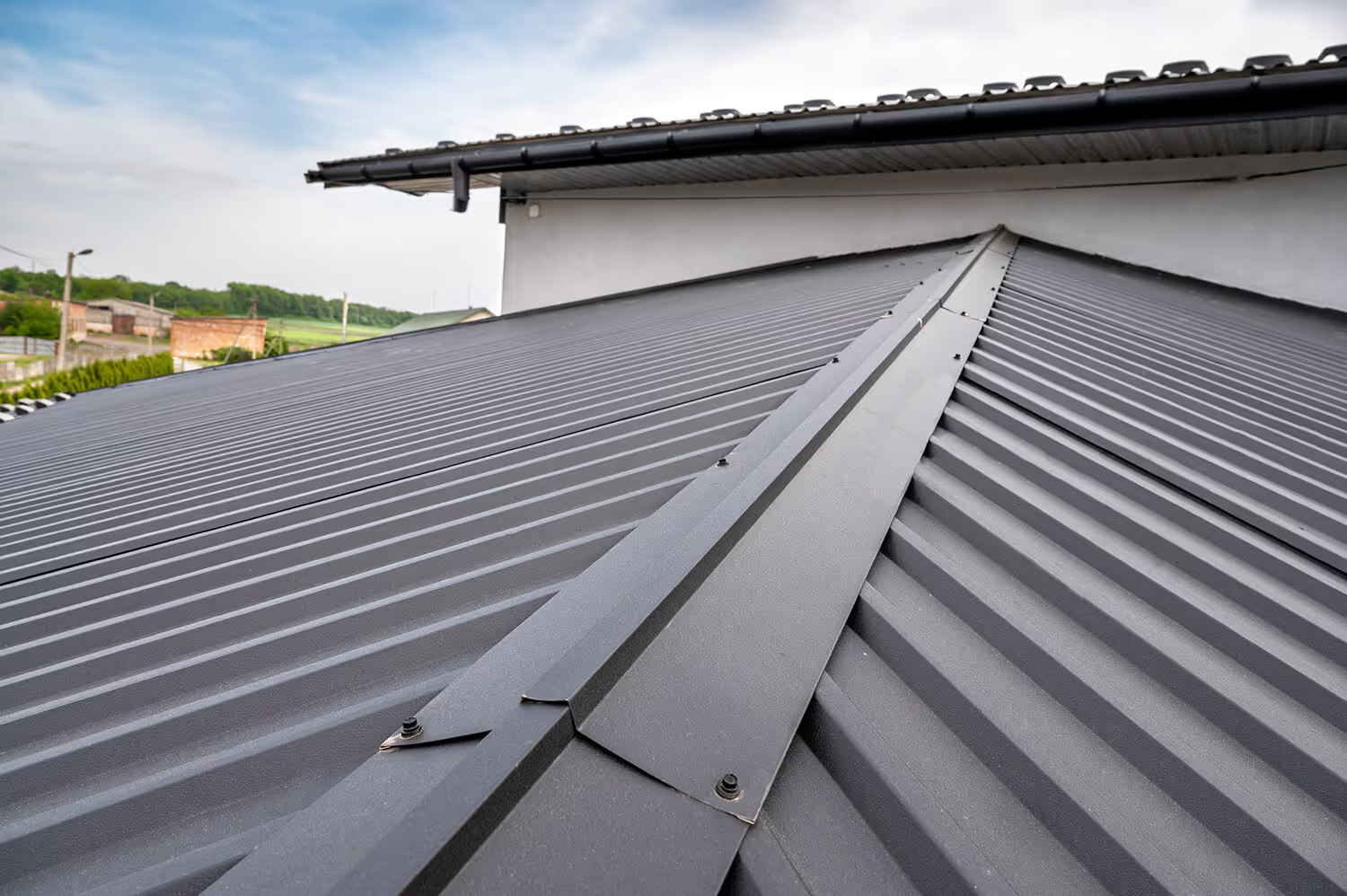Roof Flashing - What it is and Why it’s Important
Your roof is made of many components that come together to protect and insulate your building. Roof flashing is one of these critical components.
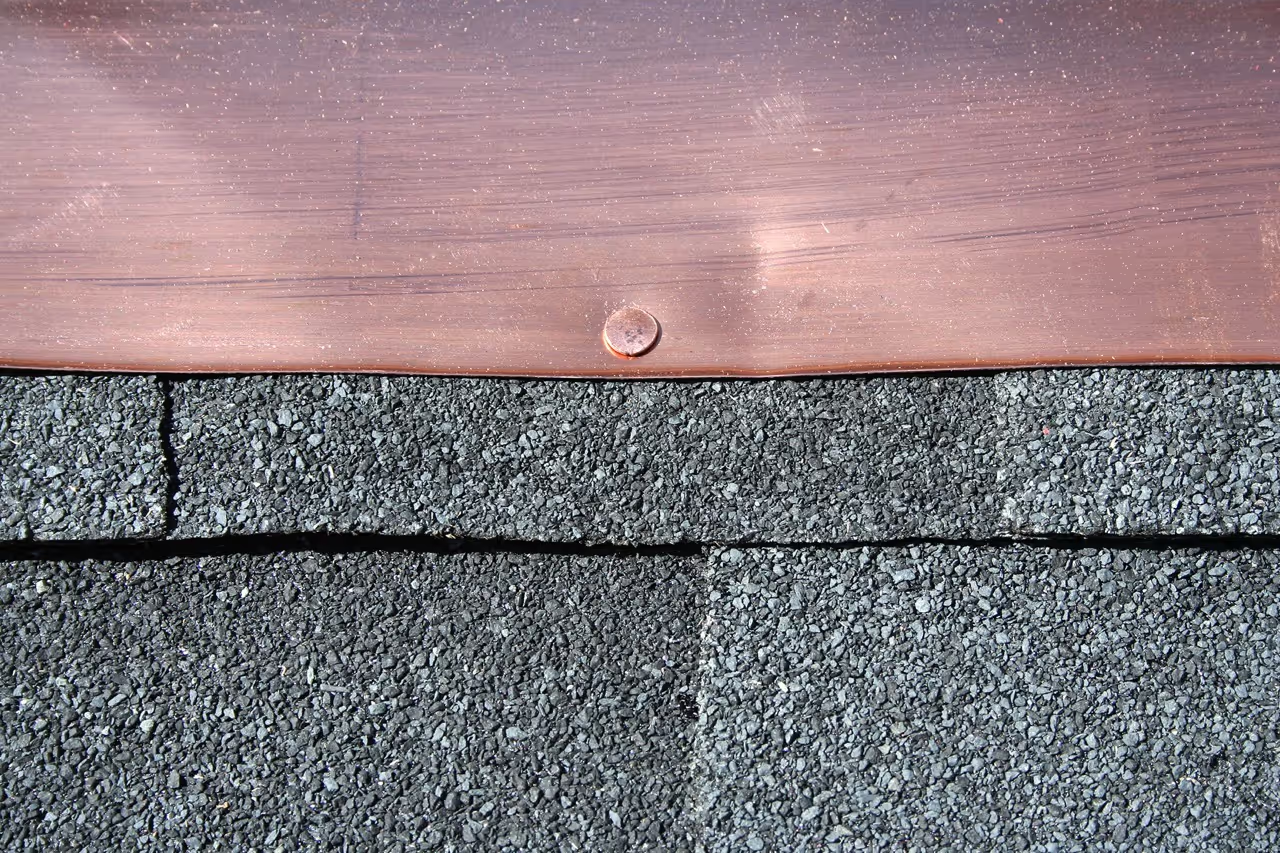
Your roof is made of many components that come together to protect and insulate your building. Roof flashing is one of these components, and it plays a critical role in protecting your building from things like water and storm damage.
In this post, we’ll explore some different types of roof flashing, why it is an important part of any roof, and how to tell if your roof flashing needs repair.
What is Roof Flashing?
Roof flashing is typically made of galvanized steel, aluminum, or copper that is used to direct water away from certain areas of your roof. Usually, flashing is installed where different points of your roof meet each other, such as where your roof meets a chimney, vent, or skylight.
Flashing provides extra protection from water at these points on your roof and helps divert water away from them and into your gutters. It protects areas that shingles alone cannot completely cover.
Different Types of Roof Flashing
Flashing is available in multiple types for different applications. Most flashing is made of metal that is durable enough to hold up to the elements. Below is a brief list of some of the most common types:
Valley Flashing
Valley flashing is used in the “valley” where two planes on a roof meet. These corners of your roof can be vulnerable to water damage, and flashing helps guide water along these joints and into your gutters while protecting them.
Step Flashing
Step flashing is used where the roof meets a vertical wall. You can usually find step-flashing around chimneys and dormer windows. Each “step” is layered over a shingle and up to the vertical wall next to the roof. This is done as shingles are laid around the vertical wall, resulting in extra protection around the vertical surface. Step flashing also allows water to flow down the roof without entering the vulnerable space around the vertical wall.
Pipe or Vent Flashing
Pipe flashing is also known as pipe boots, and it is used to create a seal around vents and pipes on roofs. This protects the areas around the pipes from leaking water and creates a seamless path for it to flow down your roof.
Continuous Flashing
Continuous flashing is also known as apron flashing. Much like step flashing, it is used at points where a vertical wall meets a sloped roof. Unlike step flashing, continuous flashing is a single, long piece of metal that offers a single, seamless path for water instead of multiple layers of flashing under your shingles.
Drip Edges
This type of flashing, despite its name, is also a piece of metal on your roof that protects the bottom edges of your roof rather than its corners. It is installed at the bottom of your roof to protect it from dripping water and guide it into your gutters, preventing leaks.
Why is Roof Flashing Important?
Without flashing, roofs would be much more susceptible to various types of damage and struggle to hold up over time. Here are a few reasons flashing is a crucial roofing component.
- Waterproofing: This is one of the most important reasons roofs need flashing. It provides an extra layer of protection from water. This reduces the risk of not only water damage, but it prevents rot and the growth of mold.
- Energy Efficiency: Flashing also affects the efficiency of your home by keeping water out. It indirectly helps maintain your home’s temperature, contributing to energy efficiency.
- Longevity: Points on your roof where flashing is installed are naturally more susceptible to damage. Properly installed flashing increases the lifespan of your roof and can decrease the need for frequent repairs.
- Aesthetic Appeal: Flashing largely serves a functional purpose, but it can also be an aesthetic feature of a home. Some types of flashing can be painted or coated to compliment your home, and some homeowners choose copper for their flashing for a unique look.
Signs Your Roof Flashing Needs Repair
Depending on the type of flashing you have and the conditions it faces, there are different signs that can tell you your flashing needs attention.
Rust or Corrosion
Some types of metal, like aluminum, are more likely to rust or corrode over time. Most aluminum flashing is coated to prevent this, but it can still start to degrade the older it gets. Rust and corrosion can make your flashing less effective at repelling and directing water.
Water Spots Inside
If you notice water spots or staining on your ceiling, specifically after a storm, that could indicate that your flashing needs repair. This sign can also indicate that other parts of your roof may be damaged.
Loose or Missing Flashing Pieces
After a storm that brings heavy winds, shingle loss is common. For flashing that is placed in between shingles, your flashing can be dislodged as well.
Cracks in Sealant
The sealant used to attach your flashing can wear down over time, weakening its ability to stay water-resistant.
Conclusion
In summary, roof flashing is an important roofing component that is often overlooked. It plays a critical role in keeping your home dry and your roof damage-free. There are many types of flashing out there and a variety of materials available to suit your needs and the look of your home. Overall, you should have your roof inspected by a professional regularly and get necessary repairs as soon as possible to keep your roof in good shape.
Whether you’re building a new home or maintaining your existing one, never underestimate the power of high-quality, properly installed roof flashing!
If you need flashing, inspections, repairs, or even a total roof replacement, call us at Statewide Roofing. We operate all over the state of Oklahoma and promise the highest quality roofing work near you. Check out some of our residential and commercial services, learn more on our blog, and shoot us a message on our contact page to get started.
Recent News Posts
Let’s Get Started Today
Call Statewide Roofing for a free quote for all your roofing and home improvement needs. We specialize in all kinds of roofing systems for both commercial and residential buildings.
Let us know if you have any questions about us, our services, financing, repairs, or our process. Our team is here to answer any of your questions and get you the information you're looking for regarding any of your roofing needs. We're happy to help! For immediate assistance, give us a call to speak with one of our professionals and get started with Statewide.
.avif)
Roofing services
roofing financing options
Statewide Roofing offers roofing financing options to help our homeowners afford the cost of roof replacements and repairs. We are partnered with Service Finance Company, LLC. to offer these financing options.
